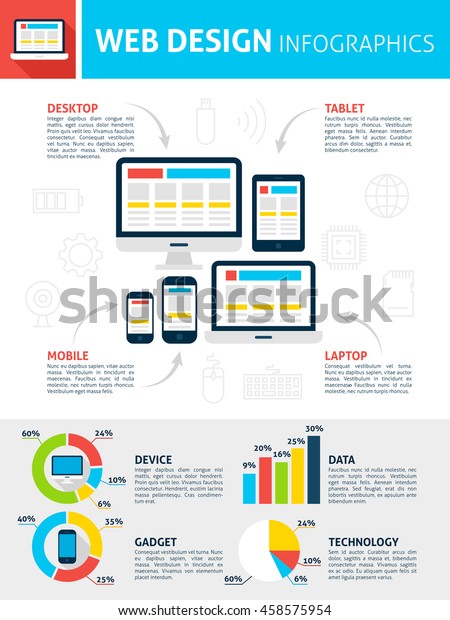Website Layout Fundamentals: Tips For Structure A User-Friendly Site
Website Layout Fundamentals: Tips For Structure A User-Friendly Site
Blog Article
Developed By-Scarborough Devine
When it involves web site layout, making certain user-friendliness is vital. From receptive design to structured navigation, every aspect plays a critical duty in developing a site that accommodates your audience's demands. Yet what regarding the better details that can make or break a user's surfing experience? Keep tuned as we uncover some often-overlooked pointers that can elevate your internet site's use to the following level, making it absolutely stand out in the electronic landscape.
Importance of Responsive Design
Responsive layout is a vital element of modern website development. Ensuring your website is receptive ways that it can adjust to various display dimensions and gadgets, offering a seamless experience for users.
With the increasing use mobile phones and tablet computers to access the net, having a receptive layout is crucial for reaching a larger target market. It assists in boosting user experience by making your site easy to navigate and read on any type of device.
Additionally, responsive design can favorably affect your online search engine positions, as search engines like Google focus on mobile-friendly web sites. By having a receptive layout, you're also future-proofing your website, as brand-new devices with varying display sizes continue to emerge.
Simplify Navigation Framework
To enhance individual experience and promote easy access to details on your web site, improving the navigation framework is critical. When designing your website, focus on creating a clear and intuitive navigation food selection that assists visitors locate what they're seeking quickly.
Restriction the variety of menu items to the basics, grouping associated web pages with each other to avoid frustrating users. Use descriptive labels that clearly indicate the content of each web page, making it much easier for individuals to comprehend where each web link will take them.
Think about carrying out dropdown menus for subcategories to avoid jumbling the main navigation bar. In addition, include a search bar plainly on the web page for individuals who choose searching for certain details.
Prioritize mobile responsiveness in your navigation style to ensure very easy gain access to on all devices.
Optimize Web Page Load Rate
Improving web page lots rate is essential for maintaining site visitors on your site. Slow-loading https://www.forbes.com/sites/forbesbusinesscouncil/2022/01/13/change-is-coming-to-digital-advertising-in-2022-five-strategies-for-online-ad-success/ and can lead to high bounce rates. To optimize web page tons rate, begin by enhancing pictures. Compress images without endangering quality to reduce their documents sizes.
Furthermore, allow internet browser caching to keep often accessed resources locally, speeding up tons times for returning site visitors. Minify CSS, JavaScript, and HTML documents by getting rid of unnecessary characters, comments, and formatting, improving lots speed.
Consider making ICL SEO of a material distribution network (CDN) to disperse your website's content across numerous web servers worldwide, reducing latency for users accessing your site from different areas. Last but not least, restrict making use of third-party scripts and plugins, as they can substantially impact load times.
Verdict
In conclusion, by incorporating responsive layout, streamlining navigation, and optimizing page tons rate, you can develop an easy to use web site that attract a broader target market and enhances individual experience. These essential elements make certain that site visitors can easily accessibility and browse your site throughout different gadgets, causing raised engagement and contentment. By concentrating on these vital facets, you can build a successful site that keeps users coming back for even more.
